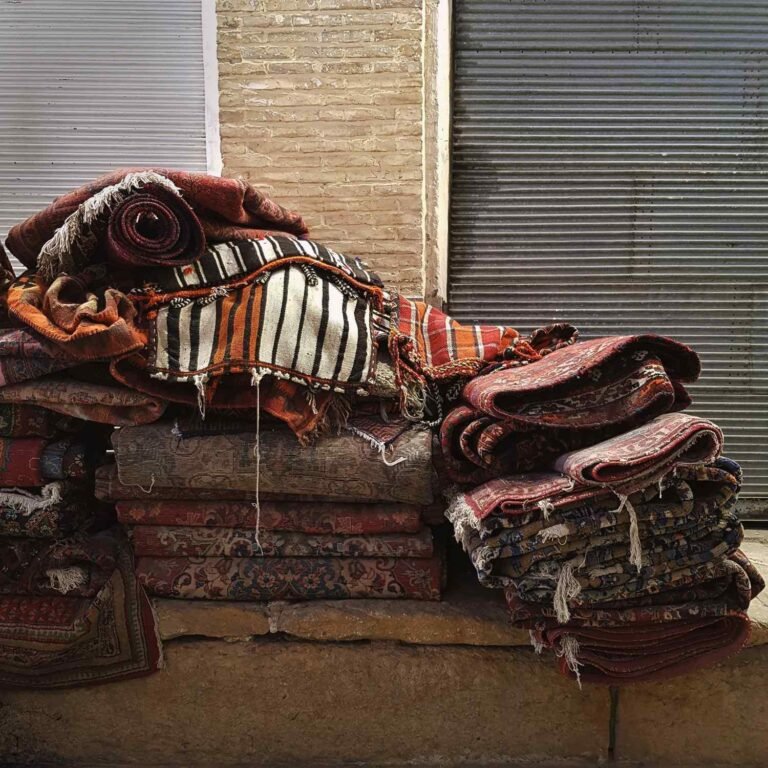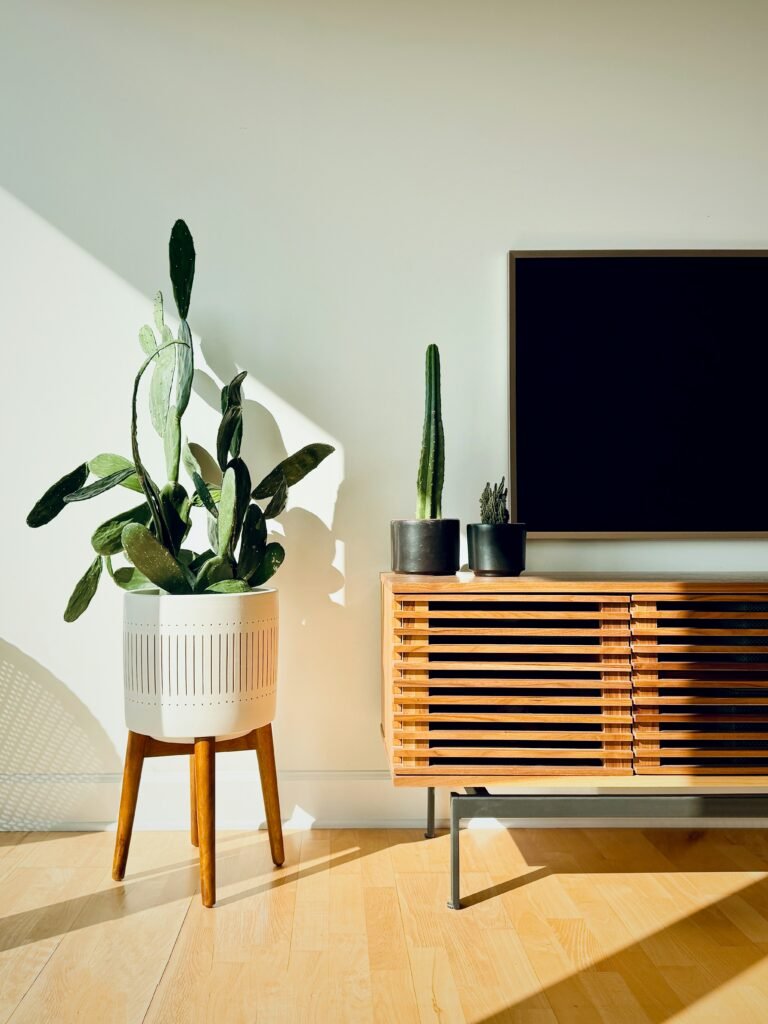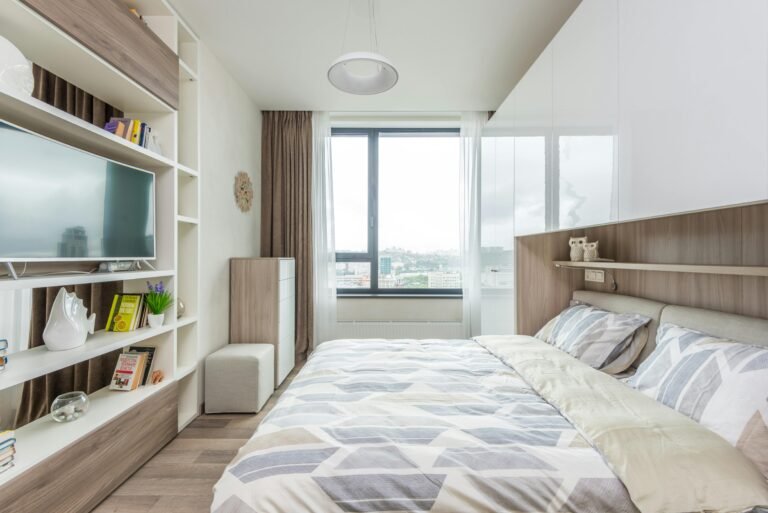Area rugs are more than just a decorative addition to your home—they serve as powerful tools in transforming your living space. Whether you want to define different areas within an open floor plan, add texture and warmth to a room, or simply enhance your décor, choosing the right area rug can make all the difference. This guide will walk you through how to choose the perfect area rug for your space, focusing on size, material, and style to help you create cozy, defined areas that complement your interior design.
The Power of Area Rugs in Interior Design
Area rugs play a crucial role in anchoring a room’s design and bringing the different elements of a space together. They are not only aesthetically pleasing but also functional, offering warmth, noise reduction, and a visual boundary between different zones in a home.
Defining Spaces
In open floor plans, where rooms like the living room, dining room, and kitchen flow into one another, area rugs help create distinct zones without the need for walls. By using different rugs in different sections, you can visually separate these areas while maintaining a cohesive design.
Pro Tip: When defining spaces with rugs, ensure that the rugs differ slightly in design but share a complementary color palette. This creates flow while still distinguishing separate areas.
Adding Warmth
Hardwood or tile floors, while beautiful, can often feel cold or uninviting. Area rugs provide a layer of warmth, both literally and visually, making a space feel more comfortable and cozy. They also soften the acoustics of a room by absorbing sound, making it more conducive to relaxation.
Real-World Example: Sarah added a plush area rug to her living room to combat the cold feel of her hardwood floors, instantly making the space more inviting.
How to Choose the Right Size Area Rug
Selecting the right size of an area rug is crucial to achieving the desired look and functionality. An undersized or oversized rug can throw off the balance of a room, so getting the measurements right is essential.
Living Room
For living rooms, area rugs should be large enough to fit at least the front legs of your furniture on the rug. Ideally, the rug should be big enough for all furniture to sit on it entirely.
- Small Living Room: In compact spaces, opt for a rug that can accommodate the front legs of your sofa and chairs. A 5’x8’ or 6’x9’ rug typically works well.
- Large Living Room: For larger living rooms, a rug that measures 8’x10’ or 9’x12’ will provide ample coverage, allowing all of your furniture to sit comfortably on the rug.
Pro Tip: Ensure at least 12-18 inches of exposed flooring around the edges of the rug to create a balanced frame for the space.
Dining Room
In the dining room, the rug should be large enough to fit both the dining table and chairs, even when the chairs are pulled out. Measure your table and add 24-30 inches on all sides to determine the correct rug size.
Pro Tip: For round tables, opt for a round rug to maintain a sense of symmetry.
Bedroom
In the bedroom, an area rug can frame the bed and provide a soft landing for your feet in the morning. Typically, you’ll want the rug to extend beyond the sides and foot of the bed.
- Queen Bed: A 5’x8’ rug placed horizontally under the bed works well.
- King Bed: For king-sized beds, an 8’x10’ or larger rug is ideal, leaving enough room for nightstands and a bench at the foot of the bed.
Real-World Example: Lisa added a large area rug under her king-sized bed, extending it beyond the edges to make the room feel more expansive and luxurious.
Choosing the Right Material
The material of your area rug is another critical consideration, as it impacts both the feel of the rug underfoot and its durability over time. Different materials work best in different areas of the home, depending on traffic, comfort, and ease of cleaning.
Wool
Wool is a popular choice for area rugs due to its durability, softness, and natural stain resistance. It works well in living rooms and bedrooms, where you want a soft, cozy feel.
Pros:
- Soft and warm underfoot
- Durable and long-lasting
- Naturally stain-resistant
Cons:
- Can be more expensive than synthetic materials
- Requires professional cleaning for deep stains
Pro Tip: Invest in a wool rug for high-traffic areas like the living room—it may cost more upfront but will last for years.
Cotton
Cotton rugs are lightweight, easy to clean, and generally more affordable. They’re ideal for casual spaces like kitchens or kids’ rooms, where you may need to clean spills and messes more frequently.
Pros:
- Easy to wash and maintain
- Affordable
- Soft texture
Cons:
- Less durable in high-traffic areas
- Prone to fading and wear over time
Real-World Example: Mark chose a cotton area rug for his kid’s playroom, appreciating its low cost and ease of cleaning.
Jute and Sisal
Natural fibers like jute and sisal are great for adding texture to a room. These materials are durable and eco-friendly, making them perfect for high-traffic areas such as entryways or living rooms.
Pros:
- Environmentally friendly
- Durable and suitable for high-traffic areas
- Adds a natural, textured look
Cons:
- Not as soft underfoot
- Can be difficult to clean
Pro Tip: Layer a soft, smaller rug on top of a jute or sisal rug to add comfort and warmth while still achieving a textured look.
Synthetic Materials
Synthetic fibers like nylon, polyester, and polypropylene are highly durable, stain-resistant, and affordable. These rugs are perfect for outdoor areas or spaces prone to spills, such as dining rooms.
Pros:
- Budget-friendly
- Resistant to stains and moisture
- Ideal for outdoor or high-traffic areas
Cons:
- Not as soft as natural fibers
- Shorter lifespan compared to wool or natural materials
Picking the Right Style and Pattern
Once you’ve determined the size and material, it’s time to focus on style. The right area rug should enhance your existing décor, tying together the room’s colors and textures while adding visual interest.
Solid Colors
Solid-colored rugs are versatile and work well in spaces where the furniture or walls already have patterns or bold colors. They provide a subtle backdrop while still offering warmth and definition to the space.
Pro Tip: Choose a rug in a neutral tone if your room is already colorful, or opt for a bold-colored rug to create a focal point in a more muted space.
Patterns
Patterned rugs can add personality and depth to a room. Whether you go for geometric shapes, florals, or traditional motifs, patterns can help define the aesthetic of your space.
- Geometric Patterns: Great for modern or minimalist spaces, geometric patterns bring structure and energy to a room.
- Traditional Patterns: If your home leans toward classic or eclectic, a traditional patterned rug can enhance the charm of your décor.
- Floral or Abstract Patterns: Perfect for adding softness or an artistic flair, these patterns work well in bedrooms, living rooms, or dining areas.
Real-World Example: Kevin added a bold geometric-patterned rug to his minimalist living room, giving the space a modern, dynamic feel.
Texture
Textured rugs, such as shag or woven designs, add a tactile element that can enhance the comfort and visual appeal of a room. Shag rugs, for example, create a plush, luxurious feel in living rooms or bedrooms, while woven or braided rugs add depth and dimension.
Pro Tip: Balance a heavily textured rug with smoother furniture and accessories to avoid overwhelming the space.
Conclusion
Area rugs are the unsung heroes of interior design, capable of transforming a space by adding warmth, defining areas, and complementing your overall décor. Whether you’re anchoring your furniture in a living room, creating distinct zones in an open floor plan, or adding texture to a bedroom, choosing the right size, material, and style of rug can elevate your space to the next level.
Ready to enhance your home’s design? Explore this rugs on Amazon: https://amzn.to/3Nr4cae
As an Amazon Associate, I earn from qualifying purchases.
Explore this topic: Home
Last updated on August 7, 2025








